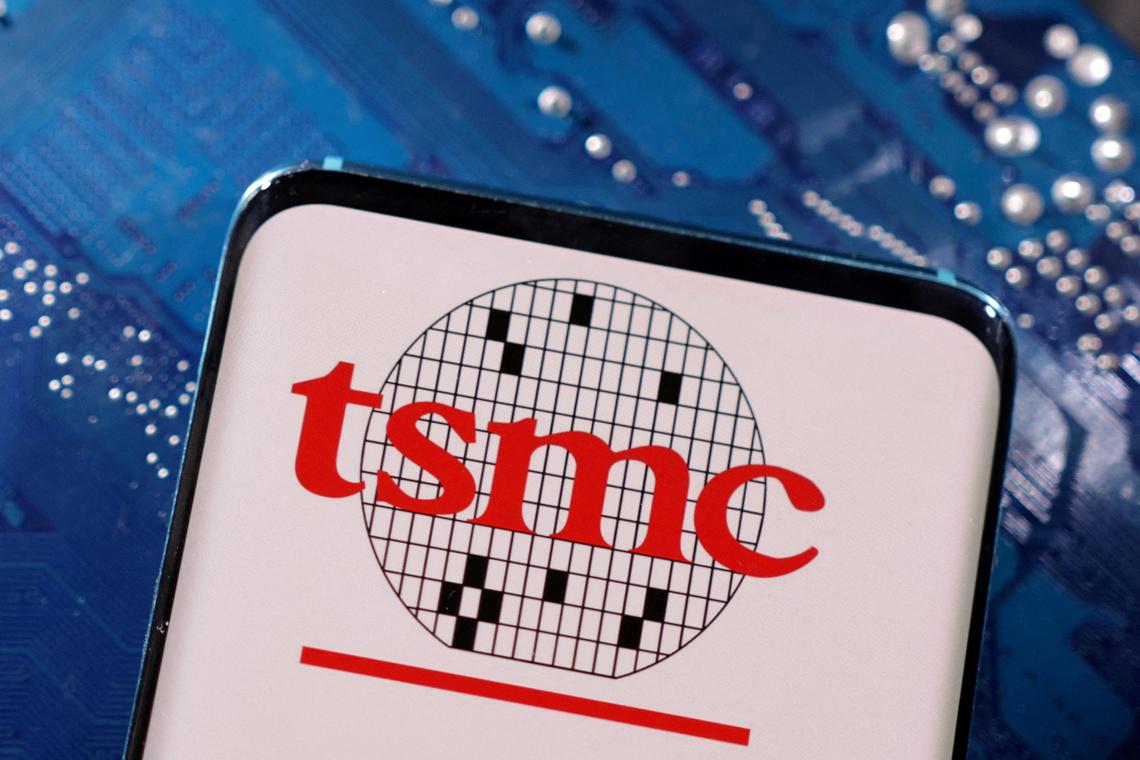Taiwan Semiconductor Manufacturing Company (TSMC), the world’s leading contract chipmaker, has again become the cornerstone of optimism for the future of artificial intelligence (AI), this time by upgrading its 2025 revenue outlook amidst soaring demand for advanced semiconductors. By raising its annual sales growth forecast to approximately 30% (up from mid-20% estimates), TSMC is sending a strong signal to global investors: the AI boom is not only intact, but accelerating.
AI Demand Surges, Nasdaq Futures Respond
On Thursday, TSMC’s announcement sent ripples through global financial markets, which had been cautiously watching for signs of a slowdown in mega-cap tech spending. Instead, the company’s bullish stance reinforced broad investor faith that titans like Meta, Google, Apple, and Nvidia will continue pouring billions into building and upgrading the datacenter infrastructure critical to AI’s evolution. Instantly, Nasdaq futures swung to gains, reflecting reinvigorated enthusiasm across tech sectors.
Billy Leung, investment strategist at Global X ETFs in Sydney, summarized the mood: “For investors, TSMC results again ease fears of an AI slowdown. Margins hold, demand outlook good, generally reinforces the AI buildout is still well underway.” His comments echoed the renewed optimism that has swept investors back into AI-linked companies after recent doubts—especially following China’s DeepSeek questioning whether hyperscalers such as Amazon would sustain their spending on cloud and datacenter expansion.
AI Infrastructure: From Phones to Data Hubs
Once synonymous with powering the world’s smartphones, TSMC’s business model has evolved dramatically. Today, high-performance computing (HPC)—which includes chips for servers and datacenters powering AI—makes up three-fifths of TSMC’s revenue. As the manufacturing backbone for Apple, Nvidia, and AMD, TSMC sits squarely at the crossroads of global secular trends: the digitization of economies, cloud migration, and the enabling of generative AI.
TSMC’s CEO, C.C. Wei, stressed during a recent shareholder meeting that AI order books remain robust and show no signs of waning, despite past market whispers that tech firms could soon curtail spending. “Looking ahead to the second half of the year, we have not seen any change in our customers’ behavior so far,” Wei stated in Taipei. Even as global economic risks and U.S.-China tariff uncertainty loom, “customer momentum” remains strong for 2025.
Beating Expectations and Building Capacity
In the latest quarterly results, TSMC posted a 61% surge in net profit for the June quarter, reaching NT398.3billion(398.3 billion (398.3billion(13.5 billion)—well ahead of analyst expectations. Revenue growth also impressed at 39%, extending TSMC’s streak of outperformance every quarter since 2021. The company has committed to invest 38billionto38 billion to 38billionto42 billion in 2024 for upgrades and expanded chipmaking capacity, on top of a long-term global commitment of $100 billion for new factories in Arizona, Japan, Germany, and Taiwan.
These figures mark not just short-term success, but an enduring transformation: TSMC is investing aggressively in new technologies for AI, high-performance computing, and automotive sectors that will define the next decade.
Geopolitical Shadows & Risks on the Horizon
Yet, the path ahead isn’t without uncertainty. TSMC recognizes the challenges from geopolitical strains—including possible renewed U.S.-China trade friction under a new Trump administration—as well as the impact of a strengthening Taiwanese dollar on its financial performance. In contrast to the disappointment from Dutch chipmaking gear peer ASML (which cut its 2026 growth forecast, sparking a sharp sell-off in its stock), TSMC’s results offered stability, but management remains vigilant about rapidly changing market dynamics and policy risks.
TSMC also emphasized that its improved outlook was not driven by recent news regarding U.S. export licenses for Nvidia’s H20 chip to China; while positive for the sector, the impact remains “too early to quantify.”
iXDeep: Market Impact Analysis — What It Means for Forex and Crypto
TSMC’s updated forecast is more than a corporate headline—it’s a barometer for risk appetite across global markets. In forex, the bullish outlook from TSMC has potential to support Asian currencies, particularly the New Taiwan Dollar (TWD), while also giving a confidence boost to equity-linked currencies like the Japanese yen and the South Korean won. However, any escalation in U.S.-China trade rhetoric or new tariffs could quickly reverse gains and inject broad uncertainty.
For crypto markets, robust AI investment keeps fueling the “AI narrative” that’s been a major tailwind for coins and tokens in the artificial intelligence and cloud space (such as Fetch.ai, Bittensor, and others). Increased datacenter construction and demand for high-compute chips indirectly suggest ongoing infrastructural development supporting the decentralized web and blockchain services. In the near term, risk assets like Bitcoin and Ethereum often benefit from both improved tech sentiment and a weaker dollar, which could materialize if trade risks come to the forefront.
Ultimately, TSMC’s reaffirmation of AI strength helps maintain bullish momentum across tech, equity, and alternative asset classes—until, and unless, macro or geopolitical risks flare up.



